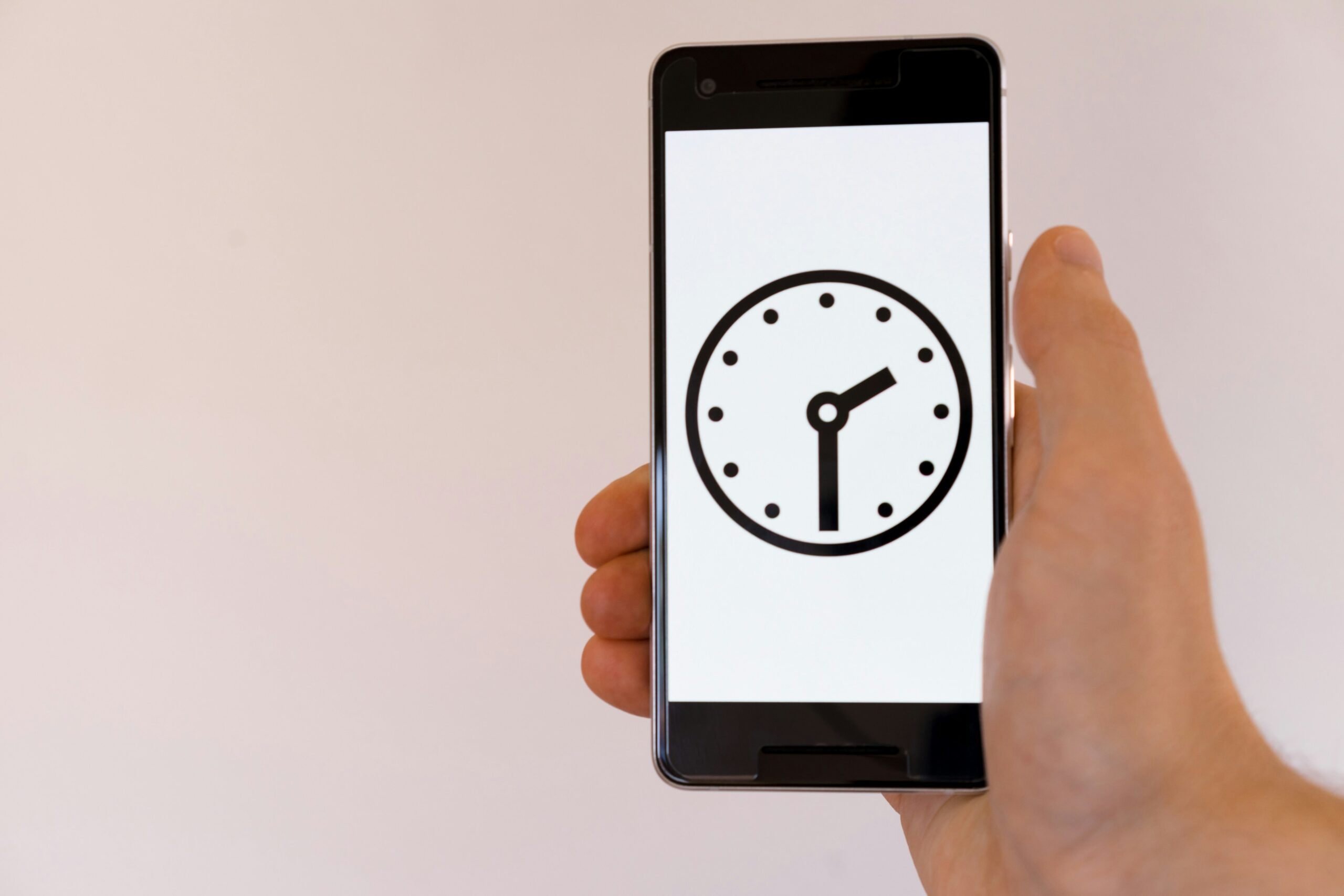
It seems like just yesterday we all sat around the TV waiting for our favorite program to come on at a certain hour. Or maybe checking out the news in a newspaper. That seems nearly old-fashioned now, doesn’t it? Our connection with the media has changed dramatically because of constant technological progress.
We are no longer simply passive consumers. We have evolved into active participants, curators, and even producers within a vast digital ecosystem that is constantly expanding via new developments.
In the past, the display served as a window, but, in the present day, it serves as a portal to experiences that are more different and more personal than we could have envisioned having.
The AI-Powered Content Compass
One of the biggest shifts in how we consume media is the advent of customization, which is made possible by the amazing progress in AI. Do you remember when you could only browse through a list of movies or music that were all the same? Numerous of those are gone.
Currently, streaming services, social media feeds, and news aggregators utilize complex AI algorithms to figure out what we enjoy, how we view things, and even how we feel.
They propose things that truly communicate to you, such as a niche documentary you hadn’t known existed or a new artist that is perfectly your style. It’s not only about making things simpler; it’s also about discovering new things and offering us a tailored world of knowledge and enjoyment that makes every interaction seem unique.
Stepping Into the Story: The Rise of Interactive Experiences
Technology is dragging us into the material itself, not just giving us individualized suggestions. We’re going from just watching or reading to really engaging. Augmented Reality (AR) and Virtual Reality (VR) used to be just ideas in science fiction, but now they are becoming actual things that people use to watch and play games.
Think of strolling through ancient ruins that have been brought back to life in amazing detail in a historical documentary, or experiencing a digital art installation that changes as you move. Gaming has always been at the cutting edge of interaction, but now even conventional media are getting in on the action.
The barriers between creator and consumer are becoming more and more blurry, from choose-your-own-adventure stories on streaming services to live feeds where viewers may change the ending.
The Rise of Platforms and the Fuzziness of Lines
The gatekeepers of the media are no longer a small group of influential individuals. There are a lot of platforms in the digital world, and they all want our attention. There are unlimited options, from streaming services that focus on every genre to social networking sites that serve as news and entertainment centers.
This growth has caused an unusual convergence. News sites post fun videos on TikTok, gamers become famous all around the globe on streaming sites, and traditional artists create interactive experiences in virtual worlds. It’s a rich tapestry where material flows easily across once-separate lines, giving you access to more and different things than ever before.
Consumption Habits Reimagined: Fast, Slow, and Everywhere
We’ve changed how we eat and drink to fit in with this new reality. We are experts at using many screens at once to take in information. Short-form videos are becoming more popular because our attention spans are becoming shorter.
On the other hand, long-form podcasts and serialized dramas show that deep dives are still useful. Whether we’re reading brief news articles on our phones while we travel or preparing ready for a full VR experience at home, this flexible approach keeps us busy all the time.
It’s about being able to see and listen to media whenever and wherever we choose. And speaking of engagement, a lot of platforms know how to use incentives. For example, several online gaming platforms provide free spins as a method to get people to try out new games and keep them hooked, which is a great approach to combine fun with engagement.
The Creator Economy: Empowering Every Voice
Anyone can make content thanks to technology, which means they may become media moguls. This increase in user-generated content provides actual voices a global stage, breaking down barriers between nations.
We have seen screen time change: it is now more personal, engaging, available, and varied. The next phase of media consumption promises even more immersion and excitement, making it really ours.
